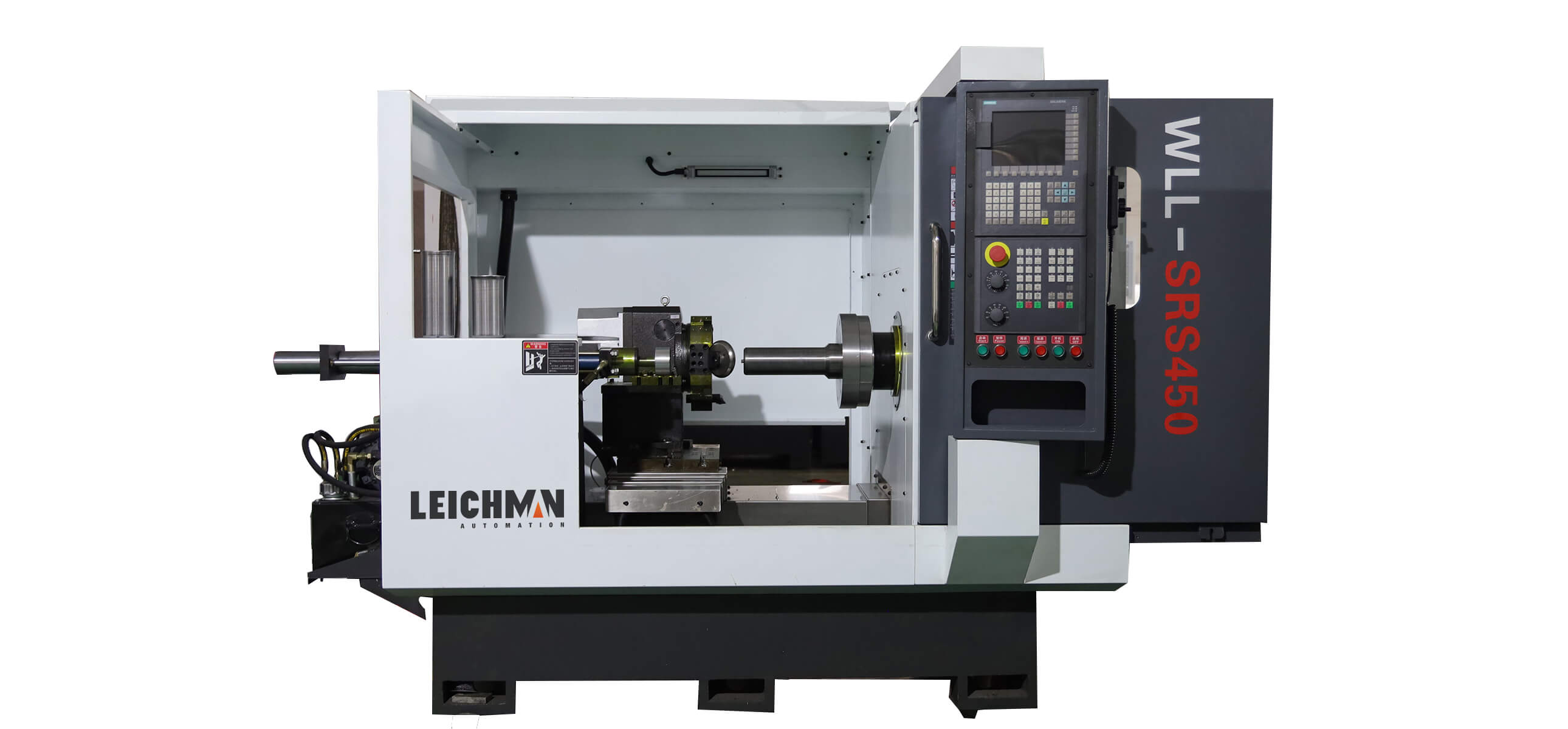In the realm of metal fabrication, the advent of CNC Metal Spinning Machines has revolutionized the landscape, offering a distinctive approach to shaping metal that sets it apart from traditional methods. Understanding the nuances between CNC Metal Spinning Machines and conventional metal forming processes is crucial for businesses seeking optimal efficiency and precision in their manufacturing endeavors.

CNC Metal Spinning Machines, leveraging Computer Numerical Control technology, bring a new dimension to metal shaping. Unlike traditional methods that often involve extensive tooling changes and manual adjustments, CNC Metal Spinning Machines operate seamlessly, translating digital designs into precise physical forms. The process involves securing a metal blank on a spinning mandrel, with computer-controlled tools meticulously shaping the material into the desired configuration.
One of the paramount distinctions lies in the unparalleled precision offered by CNC Metal Spinning Machines. The automated nature of the process minimizes human error, ensuring consistently accurate results across large production runs. This precision extends to intricate designs and complex geometries, elevating the capabilities of metal shaping to unprecedented heights.
In traditional metal forming, the setup often involves intricate tooling changes, leading to increased downtime and production costs. CNC Spinning Machines, on the other hand, boast a versatility that allows for swift adjustments without the need for extensive tool changes. This efficiency not only accelerates the manufacturing process but also reduces associated costs.
Traditional metal forming methods may result in material wastage due to the nature of cutting and shaping processes. CNC Metal Spinning, however, optimizes material usage by strategically forming the metal without the need for excessive cutting. This not only contributes to cost savings but also aligns with contemporary sustainability goals.
CNC Metal Spinning Machines excel in rapid prototyping, enabling manufacturers to swiftly iterate and refine designs. Traditional methods often struggle to match the agility of CNC technology, making the latter an invaluable asset for industries where time-to-market is a critical factor.
The seamless integration of CNC Metal Spinning into automated production lines enhances overall efficiency. With reduced manual intervention and streamlined processes, manufacturers can achieve higher production volumes without compromising on quality. This efficiency becomes a pivotal factor in meeting market demands and staying competitive.
As industries evolve, embracing cutting-edge technologies becomes imperative for sustained growth. CNC Metal Spinning Machines emerge as not just a modern alternative but a transformative force in metal fabrication. The precision, efficiency, and material optimization offered by CNC technology position it as the future standard for metal shaping.
In the dynamic landscape of metal fabrication, the choice between CNC Metal Spinning Machines and traditional metal forming methods is more than a technological decision; it's a strategic move towards enhanced precision, efficiency, and sustainability. As industries continue to advance, the spotlight on CNC Metal Spinning Machines will only intensify, solidifying their status as the catalysts for a new era in metal shaping.
Previous: What is the working principle of Valve grinding machine?
Next: Concrete Pump Safari: Types Explored, Selection Strategies
Copyright:@2020-2021
Comments Please sign in or sign up to post.
0
0 of 500 characters used